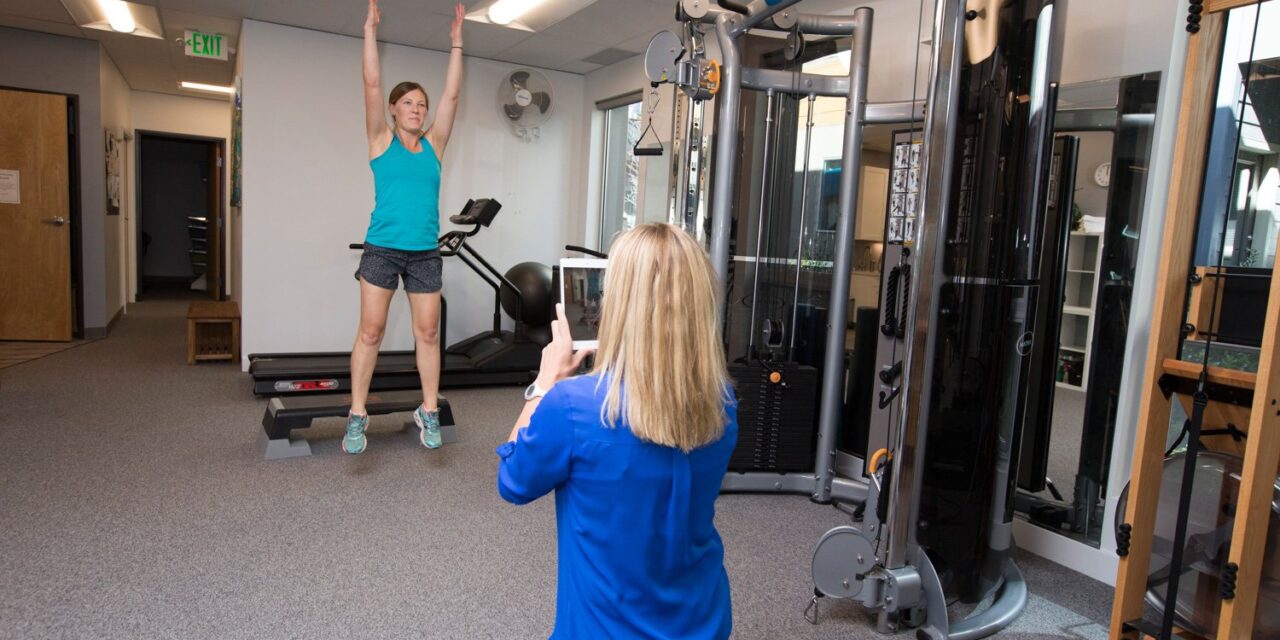Weighted Strength+Pelvic Floor Muscle Training Superior than Pelvic Floor Muscle Training Alone
Urinary incontinence is a common (but not normal!) problem among elderly women, and it can greatly affect their quality of life. Pelvic floor muscle training is often recommended as a first-line treatment, but recent research suggests that adding weight training to the regimen can be more beneficial. A recent study conducted involved 44 elderly women...





